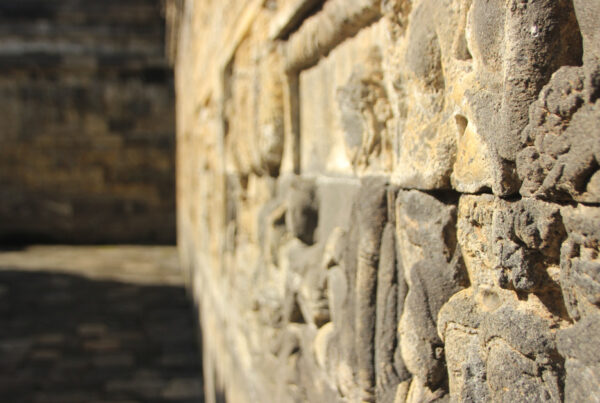Archaeologists often encounter puzzles that offer insights into past lives. Two key factors in solving these puzzles are ritual and structured deposition. But what do these terms mean, and why are they important to understanding the past?
Rituals performed with symbolic meaning have been significant for millennia of human societies. Structured deposition involves placing objects deliberately in specific locations. Together, these provide clues about social structures, beliefs, and economic practices. This article explains their significance in Australian archaeology.
What is Ritual?
Rituals are actions performed in a specific order, usually with symbolic meaning. They offer a look into the beliefs and practices of past societies. These rituals can range from simple offerings to large ceremonies, helping people connect with spirituality, strengthen social bonds, and mark significant life changes.
Finding evidence of rituals can be challenging. Archaeologists rely on material remains like artefacts, buildings, and human remains, rather than written records. The traces they find can be subtle and open to multiple interpretations. Identifying rituals requires careful analysis and interpretation.
What is Structured Deposition?
Structured deposition involves deliberately placing objects in specific locations, unlike casual deposition, which is the accidental loss or discarding of items. Structured deposits reveal much about past societies, such as their economic systems or religious beliefs.
Examples of structured deposits include:
- Caches: Deposits of items made deliberately, usually associated with ritual or economic activities.
- Hoards: Collections of precious objects hidden for safekeeping.
- Well Offerings: Objects intentionally placed in wells as a votive practice or ritual.
- Grave Goods: Items placed with the deceased in graves.
The Link Between Ritual and Structured Deposition
Ritual and structured deposition share many similarities. Many structured deposits result from ritual activities. By carefully studying these deposits, archaeologists gain valuable insights into the beliefs and practices of past cultures.
For example, precious objects hidden in a location might indicate a ritual offering to appease the gods or seek prosperity. However, understanding these deposits is complex. The context of any finding is crucial. Factors such as the object type, their arrangement, and the site’s environment all contribute to understanding the meaning of the ritual.
Types of Structured Deposits
Structured deposits vary according to their nature. For example, waterlogged deposits, found in swamps or bogs, preserve organic materials exceptionally well and provide information about past environments and human activities. Dry cave deposits often contain delicate artefacts, such as textiles and plant remains. Metal hoards, consisting of coins or precious objects, offer clues about social status and economic practices.
Each deposit type has unique potential for understanding past societies. For instance, waterlogged sites provide evidence of agriculture or diet, while metal hoards indicate trade networks and wealth distribution.
However, preserving and studying these deposits present challenges. Dry environments can make artefacts fragile, while waterlogged materials can decay. Careful scientific analysis and conservation are crucial to extracting maximum information from these archaeological excavation resources.
Interpreting Structured Deposits
Understanding structured deposits requires careful analysis. Archaeologists consider the location of the find, examine the context, relevant artefacts, and the site’s overall history. Material analysis provides further clues, such as dating and composition studies. Collaborating with specialists from other fields, like botanists or geologists, helps piece together elements to develop theories about the purpose and importance of structured deposits.
Ritual and Structured Deposition in Australia
Australia has a rich archaeological record with many examples of ritual and structured deposition. Sites like Willandra Lakes World Heritage Area show evidence of complex ceremonial gatherings and burial practices. These findings offer insights into social organisation, Aboriginal spiritual beliefs, and environmental interactions. Ritual and structured deposition can also be found in post-European sites, such as the traditional placement of shoes in chimneys and fireplaces, as Austral identified during the renovation works at the Sydney Children’s Court.
It is essential to approach Australian archaeology with respect for cultures. Collaborating with Aboriginal communities ensures ethical and meaningful research. By working together, archaeologists help preserve and share the stories of Australia’s First Peoples.
Continuing the Journey
Ritual and structured deposition help us understand the complexities of past societies. While archaeologists have discovered much, research is ongoing in this field. By understanding these concepts, we gain a better appreciation for human societies. Follow us for more insights into Australian archaeology and other related topics.




